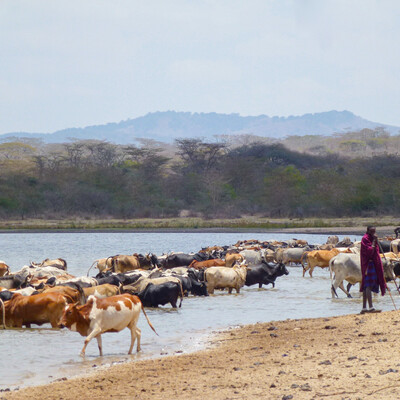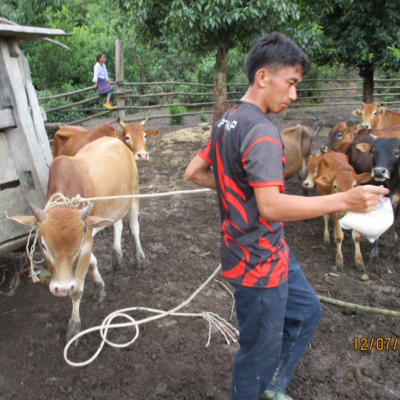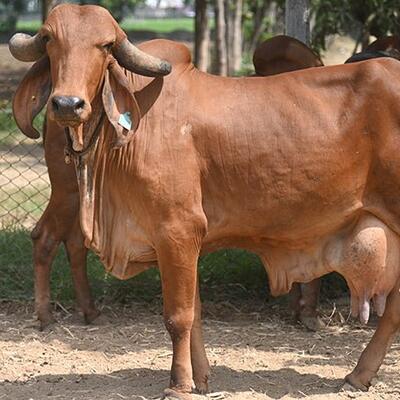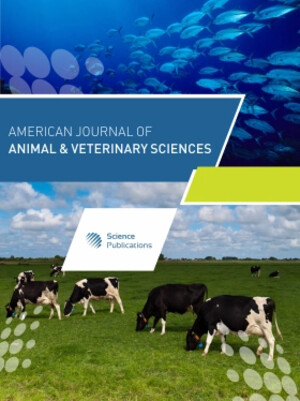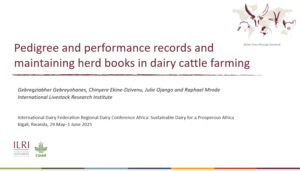
Belching bovines and global warming: Overstated claims about methane emitted by cows and climate change
‘Belching bovines and global warming.’ If you like apocalyptic alliteration, it has a nice ring to it. Bovines, more commonly referred to as cows, are widely viewed by environmental activists in the global North as a major contributor to climate change. This is largely due to the methane greenhouse gas they produce in their burps as they ruminate.
A recent interview by Caroline Stocks, a UK journalist who writes about food, agriculture and the environment, of air quality expert Frank Mitloehner, a professor of animal science at the University of California at Davis, calls into question how responsible cows are for climate change.
On overstated impacts of cattle on greenhouse gas emissions
‘For those who say cows contribute the most greenhouse gas emissions, that’s simply not true’, says Mitloehner.
As Stocks explains: ‘Livestock’s impact has been hugely overstated, while the major culprit—the use of fossil fuels, particularly for transportation—has largely been allowed to slip under the radar.
‘The issue is partly down to the methods used to calculate livestock’s impact: The UN’s most significant report, Livestock’s Long Shadow, claimed livestock are responsible for 18% of greenhouse gas emissions, but the figure calculated emissions along the entire supply chain, from land use to processing and refrigeration in supermarkets. Meanwhile, transportation figures, which are regularly reported as 28% of all greenhouse gas emissions, only factor in direct emissions from exhaust fumes, ignoring processes associated with manufacturing machinery, or moving people and produce.’
On mischaracterized impacts of bovine methane on greenhouse warming
Stocks goes on: ‘But perhaps more significant, however, is the lack of understanding about the methane famously emitted in cows’ burps, and how it acts in the environment.
‘While methane is 28-times more heat-trapping than carbon dioxide, methane’s lifespan is just a decade, while CO2—known as a long-life pollutant—remains in the atmosphere for 1000 years.
‘After ten years, methane is broken down in a process called hydroxyl oxidation into CO2, entering a carbon cycle which sees the gas absorbed by plants, converted into cellulose, and eaten by livestock.’
Stocks included in her news item the infographic below, from the Global Carbon Project, which details the annual average amount of global methane emitted into the atmosphere (558 tons) and, importantly, the (almost same) amount of methane that is annually absorbed back into plants and soils (548 tons).
Source: Global Carbon Project
On livestock use of marginal lands
‘Two thirds of the world’s agricultural land is marginal, which means it cannot be used to grow crops because the soil is not sufficient or there’s not enough water’, [Mitloehner] says. ‘We have to use that land for ruminant livestock, because it’s the only way to use it. Those who say stop animal agriculture because it’s better for the environment and humankind are effectively saying let’s get rid of two thirds of all agricultural land.’
On the need to improve livestock systems
Mitloehner is no livestock apologist. He well understands that the livestock sector is not perfect and must continually improve. In his interview, he tells Stocks that those in the livestock industry have ‘to continue to increase performance efficiencies, use new technologies to drive improvements—and, most importantly, talk about their work.’
‘More and more people are asking questions about their food, and farmers can no longer say they don’t want to talk to the media or the public. Farmers are the experts, they need to answer them.’
Read the whole article by Caroline Stocks, The methane myth: Why cows aren’t responsible for climate change, published on Medium, 6 Jun 2019.







